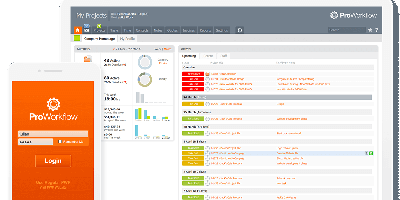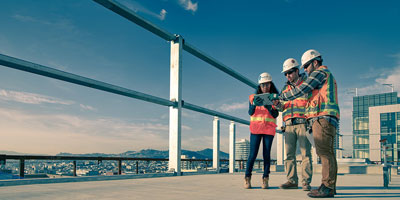While concrete is very durable, it remains soft and wet until it is fully dried out. It takes attention and care at that time to provide a perfectly designed concrete framework that will last long.
 In this brief article, before and after the concrete is poured, Concrete Leveling Company Akron, OH will address questions about the impact of rain. Just stay with us!
In this brief article, before and after the concrete is poured, Concrete Leveling Company Akron, OH will address questions about the impact of rain. Just stay with us! Is it OK if, after pouring concrete, it rains?
After 4 to 8 hours of pouring concrete, it is nice to have rain. Once the concrete is poured and completed, the healing begins and it becomes durable enough to withstand rainwater within 4 to 8 hours.
You can see slight damage to the upper layer of the concrete surface in the event of heavy rain. To make things right once again, you can use a concrete patching compound or resurfacer.
However, if it rains within 4 hours of pouring the concrete, we advise you to shield the concrete surface from rainwater. When the surface is soft, rainwater can damage the concrete surface.
Is it possible to pour concrete in the rain?
The response depends on different considerations. We do not usually suggest pouring concrete in the rain. But if you like, when the rain is not so hard, you can pour concrete and you can cover the surface from the rain right after the finishing is finished.
You can't pour concrete in heavy rain, though. The rainwater from the concrete mix will wash away the cement and it will weaken.
However, in any kind of storm, when you have cover, you can pour concrete on the earth. It is the water, not the rainy weather, that is causing problems. So, after taking enough precautionary measures to shield the surface from rainwater, you can add concrete.
Keep Concrete Looking Good with Concrete Rust Remover!
Could you make water-proof concrete?
Yeah, by using waterproofing materials, you can make the concrete waterproof. Online, you'll find numerous concrete waterproofing materials. Buy one that fits your requirements and blend it with the concrete mixture.
You need to obey the directions provided by the manufacturer to provide a perfectly waterproof surface when using the waterproofing compound. These function by making the concrete compact so that the water does not have space for the concrete block to penetrate.
Concrete is waterproof, usually. But you may need to keep concrete from absorbing water into it in certain situations. You'll need mixing agents in such conditions that make the concrete durable and compact so that there is no gap in it for the water to go inside.
If you have concrete bonding agents, you can use them to get a long-lasting, waterproof concrete surface instead of waterproofing additives.
Read about concrete stain reviews as well!
Ultimate Words
Depending on the time that water is applied, the effect of water on concrete surfaces differs. The concrete would possibly lose a portion of its strength if you reveal uncured concrete within 4 hours of pouring.
In the other side, after drying out, you would need to water the concrete surface so that the hydration process makes it tougher and stronger.








